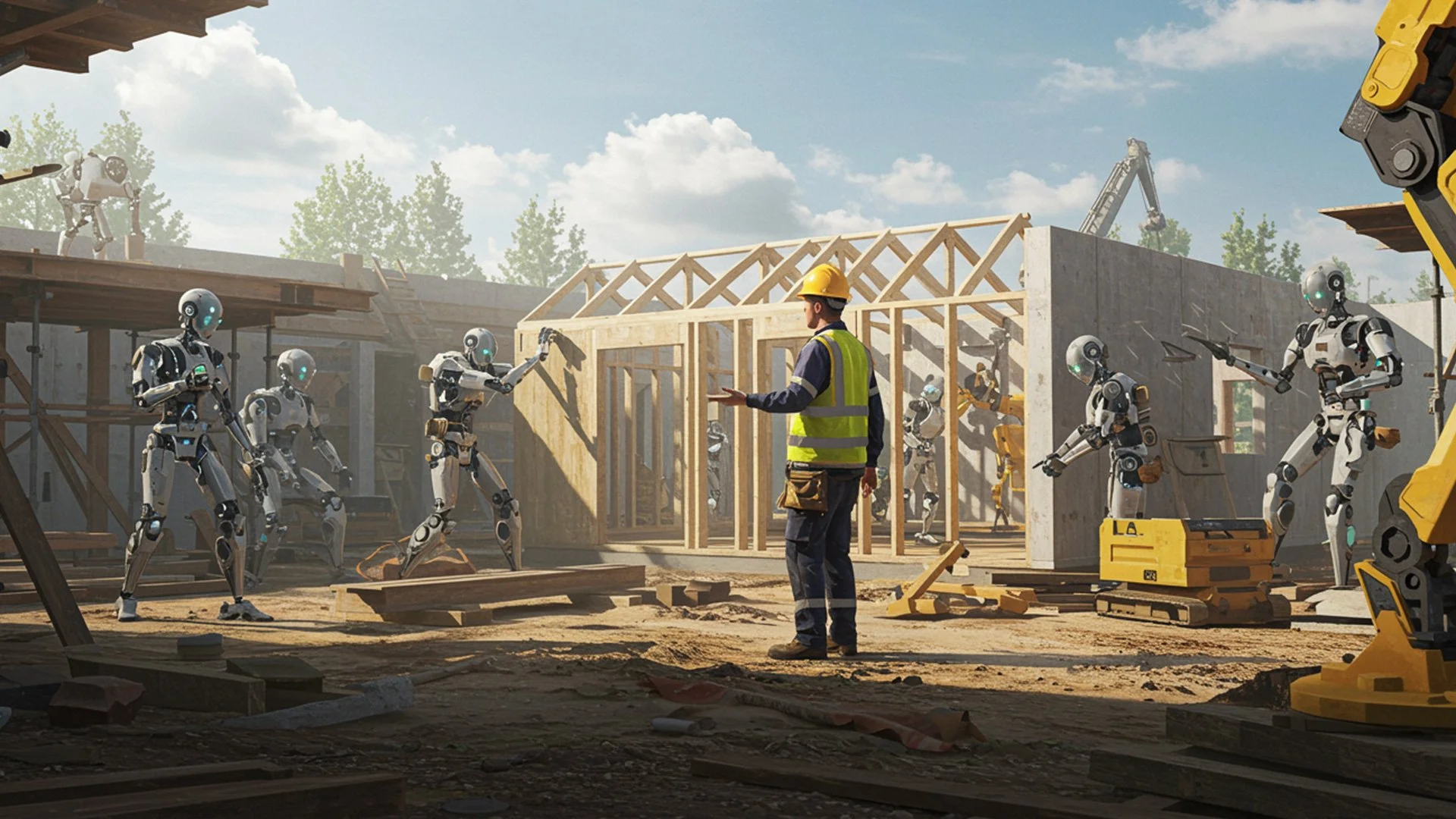How AI and Automation Will Reshape Jobs
Introduction
Artificial Intelligence (AI) and automation are no longer futuristic concepts—they are transforming workplaces today. From chatbots handling customer service to algorithms optimising supply chains, these technologies are reshaping how we work, the skills we need, and even the jobs that exist. For working professionals aged 18–65, understanding this shift is no longer optional; it’s essential for career resilience and growth.
This essay explores how AI and automation will redefine employment, balancing concerns about job displacement with opportunities for innovation and new roles. We’ll examine real-world examples, emerging skillsets, and ethical considerations, providing actionable insights to help professionals thrive in an automated world.
1. The Evolution of AI and Automation in Key Industries
AI and automation are already embedded in industries like manufacturing, healthcare, finance, and retail. Here’s how they’re evolving:
Manufacturing: Robots and AI-driven quality control systems have streamlined production lines, reducing errors and increasing efficiency. Companies like Tesla use automation to assemble cars with minimal human intervention.
Healthcare: AI assists in diagnostics (e.g., IBM Watson analysing medical scans) and robotic surgery (e.g., the Da Vinci Surgical System). Automation also handles administrative tasks like appointment scheduling.
Finance: Algorithms detect fraud, automate trading, and power robo-advisors like Betterment, which manage investments with minimal human oversight.
Retail: Self-checkout kiosks, AI-powered inventory management (e.g., Amazon’s warehouses), and chatbots for customer service are now commonplace.
Key Takeaway: Automation isn’t just replacing manual labour—it’s augmenting decision-making and operational efficiency across sectors.
2. Job Displacement vs. Job Creation: What the Data Shows
The fear of job losses due to automation is valid, but history suggests a more nuanced reality.
Displacement: The World Economic Forum predicts that by 2025, automation will displace 85 million jobs globally. Roles like data entry clerks, assembly line workers, and telemarketers are most at risk.
Creation: The same report estimates that 97 million new jobs will emerge, particularly in AI development, data analysis, and human-machine collaboration. For example, the rise of e-commerce has created demand for digital marketing specialists and logistics coordinators.
Case Study: When ATMs were introduced, many feared bank tellers would become obsolete. Instead, banks repurposed tellers into customer service roles, leading to a net increase in jobs.
Key Takeaway: While some jobs will disappear, new ones will emerge—often requiring different skills.
3. Emerging Roles and Skillsets Professionals Should Cultivate
To stay relevant, professionals must adapt by acquiring in-demand skills:
Technical Skills:
AI and Machine Learning: Understanding how AI models work (even at a basic level) is valuable.
Data Literacy: The ability to interpret and leverage data is crucial across industries.
Soft Skills:
Creativity and Problem-Solving: Machines excel at repetitive tasks, but humans innovate.
Emotional Intelligence: Roles requiring empathy (e.g., healthcare, counselling) are harder to automate.
Hybrid Roles:
AI Trainers: Teaching AI systems how to interpret human language or behaviour.
Automation Managers: Overseeing the integration of AI tools in businesses.
Practical Advice: Platforms like Coursera, Udemy, and LinkedIn Learning offer courses in these areas.
4. Case Studies: Organisations Adapting to Automation
Case Study 1: Siemens’ Digital Transformation
Siemens integrated AI into its manufacturing processes, reducing downtime by predicting equipment failures. Employees were retrained to work alongside these systems, improving productivity without mass layoffs.
Case Study 2: Unilever’s AI Hiring Process
Unilever uses AI to screen job applicants, but human recruiters still make final decisions. This hybrid approach speeds up hiring while maintaining a personal touch.
Key Takeaway: Successful companies use automation to augment human workers, not replace them entirely.
5. Ethical Considerations and Societal Impacts
Automation raises important questions:
Bias in AI: If training data is biased, AI systems can perpetuate discrimination (e.g., facial recognition errors for darker skin tones).
Job Polarisation: High-skilled workers benefit, while low-skilled workers face greater insecurity.
Universal Basic Income (UBI): Some argue that UBI could offset job losses, but this remains controversial.
Actionable Insight: Advocate for transparent AI policies in your workplace and support initiatives that promote equitable access to retraining programs.
Conclusion
AI and automation are reshaping the job market, but they’re not a dystopian threat—they’re a call to adapt. By embracing lifelong learning, cultivating both technical and soft skills, and staying informed about industry trends, professionals can not only survive but thrive in this new era.
The future of work isn’t about humans versus machines; it’s about humans and machines working together to achieve more than either could alone.
References
World Economic Forum. (2020). The Future of Jobs Report. Link
IBM. (2021). How AI is Transforming Healthcare. Link
Coursera. (2023). Top Skills for the Future of Work. Link


